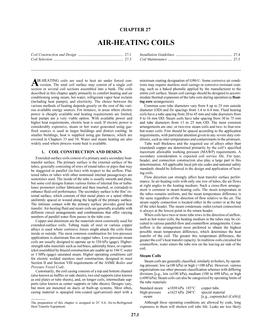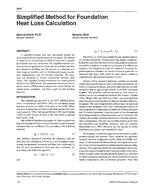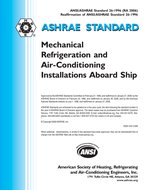Companies are increasingly judged on more than financial performance, with voluntary corporate social and environmental responsibility trending to a new level beyond standard requirements. Replacement of heating, ventilation and air conditioning (HVAC) equipment for energy efficiency is one of several cornerstones for meeting higher corporate energy efficiency and sustainability targets. Meeting these targets under extremely hot, dusty and corrosive industrial conditions, such as those encountered in the petroleum industry in Saudi Arabia, becomes more challenging mainly due to HVAC application criticality, the lack of standardized approaches for determining the optimal time of replacement and the artificially low energy prices. To meet targeted energy efficiency and optimal replacement timeframes, it is essential to identify key performance indicators (KPIs) that an engineer should consider when performing HVAC retrofits that consider the severe climate and corrosive environment experience in the region. This study introduces a systematic approach to define KPIs that comprise the following: equipment age and type, geographical location, actual energy efficiency ratio (EER), failure rate, remaining service life, service classification and equipment refrigerant environmental compliance. The study also presents life cycle cost examples as a decision support tool to evaluate replacement cost effectiveness. The authors hope that this study will motivate other organizations operating under similar conditions to adopt the same approach and showcase their leadership in energy efficiency and environmental compliance.
Citation: ASHRAE Papers: 2015 ASHRAE Annual Conference, Chicago, IL
Product Details
- Published:
- 2015
- ISBN(s):
- 9781936504299
- Number of Pages:
- 8
- File Size:
- 1 file , 2 MB
- Product Code(s):
- D-CH-15-C033


